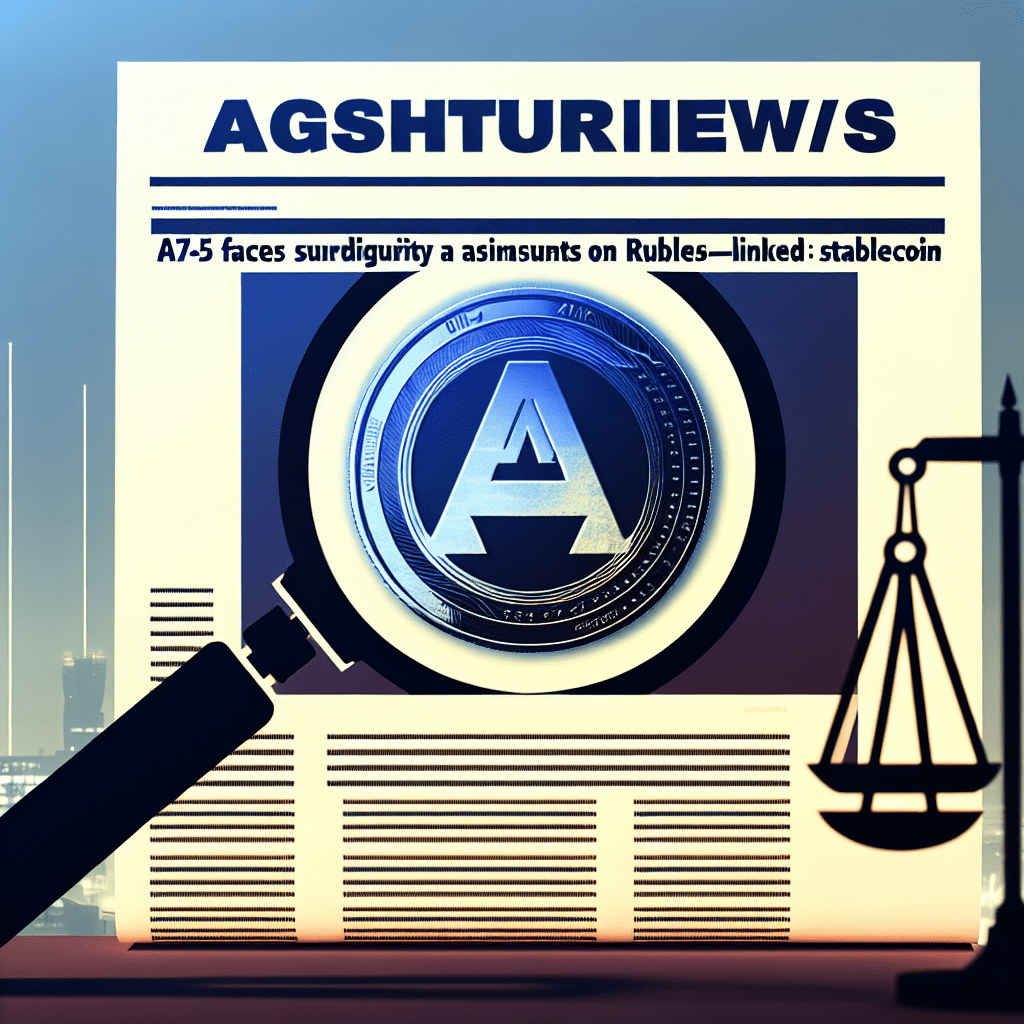The European Union is reportedly weighing sanctions against A7A5, a Russian ruble-backed stablecoin and the largest non-US-dollar pegged stablecoin globally.
The proposed sanctions would restrict EU-based organizations and individuals from interacting directly or indirectly, including through third parties, with the token, according to a Bloomberg report from Monday, referencing documents regarding the proposal.
Additional banks in Russia, Belarus, and Central Asia are also in the crosshairs, accused of facilitating crypto-related transactions for sanctioned entities, Bloomberg reports.
This marks the EU’s latest initiative to disrupt Russian-associated crypto activities, following the Sept. 19 sanctions that froze crypto platform transactions for Russian residents and limited dealings with foreign banks tied to the sector.
Cryptocurrency represents just one of several tactics employed by Russia to circumvent Western sanctions.
Russia has also utilized a so-called shadow fleet, comprising hundreds of vessels used to smuggle sanctioned goods, disguise oil origins, and engage in intermediary trading through other countries, among numerous other strategies, according to the global risk consultancy firm Integrity Risk International.
Moreover, illicit gold trading is being employed to launder money, as highlighted in a December 2024 report by global policy think tank Rand .
A7A5’s market cap surged after sanctions
Following the EU’s sanctions announcement against crypto platforms on Sept. 19, A7A5’s market capitalization jumped significantly from around $140 million to over $491 million on Sept. 26, marking a 250% increase in a single day, according to CoinMarketCap.
A7A5’s market cap is currently stable at around $500 million as of Monday, equating to approximately 43% of the total $1.2 billion market capitalization of non-US dollar stablecoins. Circle’s euro-pegged EURC holds the second-largest spot, with a market cap of around $255 million.
EU sanctions require unanimous approval from all 27 member states before they can take effect, and they remain subject to amendments before implementation, as reported by Bloomberg.
The European Council characterizes sanctions as a mechanism to “target those responsible for the policies or actions the EU aims to influence,” and to “foster a change in the policy or conduct of the targeted individuals, aligning with the goals of the EU’s Common Foreign and Security Policy.”
EU aligns with US and UK on sanctions
The EU’s sanctions follow similar measures imposed by the US and UK in August, which focused on financial sector elements allegedly aiding Russia in skirting Western sanctions, including the Capital Bank of Central Asia and its director, Kantemir Chalbayev.
Related: Putin adviser alleges US utilizes stablecoins and gold to devalue its $37T debt
Kyrgyzstan crypto exchanges Grinex and Meer, from a nation that issues A7A5, were also blacklisted, among others linked to the infrastructure supporting the ruble-backed stablecoin.
A7A5 was launched in February on the Ethereum and Tron networks by Moldovan banker Ilan Shor and Russia’s state-owned lender Promsvyazbank. It was designed as a “token backed by a diversified portfolio of fiat deposits held in trustworthy banks within Kyrgyzstan’s network.”
Despite the sanctions and a Singapore ban, the company behind A7A5 participated in Token2049, where it had a booth. Executive Oleg Ogienko also presented on stage.
Nevertheless, the event organizers later removed the project from both the event and their website.
Magazine: The common thread among these 6 global crypto hubs…

